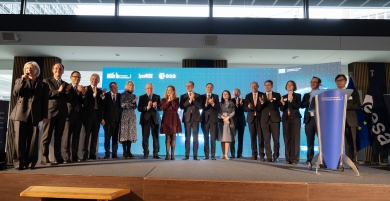ESA’s Pacis 3 project to launch aboard Hisdesat’s SpainSat NG I
13 Feb 2025
The European Space Agency's (ESA) Pacis 3 project is scheduled to launch aboard Hisdesat’s next-generation satellite, SpainSat Next Generation I (SNG I), on 29 January 2025 at 20:34 EST (30 January 2025, at 02:34 CET) from Cape Canaveral, Florida.











